Tea Tree Oil Remedies Your Mama May Have Never Taught You
If there is one go-to product we keep a few big ol’ bottles of in our house, it is tea tree oil (TTO). This is a versatile essential oil, from sanitizing surfaces to helping with dandruff. If you haven’t heard of tea tree oil or are unsure how to use it, I encourage you to read on. And while there are probably a million and one remedies for which one could use tea tree oil, I will only cover three for this post.
Tea tree oil remedies
1 – TTO for colds
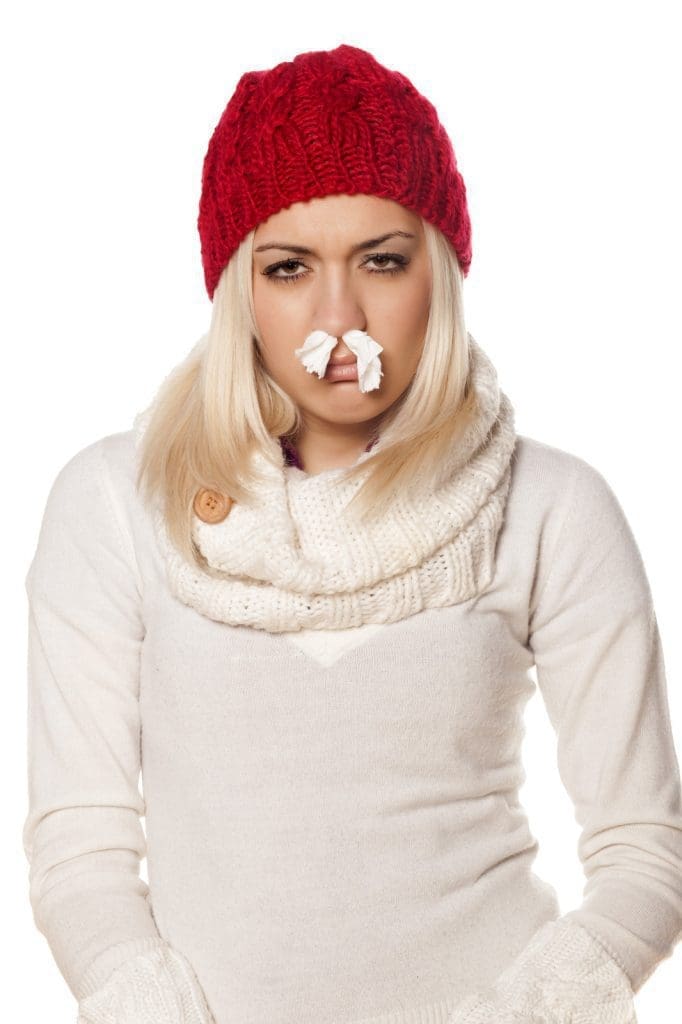
A stuffed-up head is brutal. And if you are reluctant to take over-the-counter stuff, you may suffer for weeks. If you don’t nip the cold in the bud, you can often end up with sinus infections, ear infections, and, even worse, bronchitis or pneumonia.
But here’s the thing about tea tree oil. It is a POWERFUL anti-bacterial. I can get scientific here and talk about the properties of TTO. But basically, it boils down to one property, terpinen-4-ol, which goes around and kills the tiny microorganisms that make you sick! The higher the percentage of terpinen-4-ol, the better.
So, here’s what I like to do when I am sick and can’t breathe.
- Take a quart of water and either boil it or heat it in the microwave in a glass bowl.
- Add 3 drops of tea tree oil and some peppermint oil (if you have it, not necessary).
- Then place a towel over your head and cover your head and the bowl so that no air or steam will escape.
- Now slowly inhale and exhale the mist for about 10 minutes or until you get relief from the congestion.
- Remember that you have to put your face near the bowl, but do not put your head in the bowl, as this will burn your face.
- If this blend is too potent, add more hot water to dilute the essential oils.
- Here is the gross part…once your steam is over, try to blow your nose. You will be amazed at the gunk loosened up and making its way out.
- Do this process twice a day, once in the morning and once in the night, before going to bed for normal breathing until you get complete relief from the congestion.
2 – TTO for Bug Bites
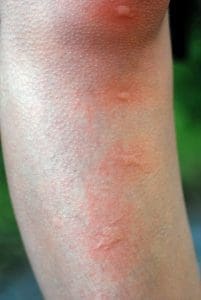
When my family was on a trip to Folly Island, South Carolina, a few summers ago, our beach house backed up to a marsh. And, holy moly! An army of mosquitoes attacked us when we walked down the dock to investigate the pluff mud. While we had a good chuckle watching family members swatting and running away from the buzzing enemy, the bites were pretty spectacular and itchy.
Luckily, I had some TTO with me. And this remedy is relatively simple.
Since most people can tolerate a little dab of TTO directly on the skin, all you need to do is take a cotton ball, cotton swab, or whatever you find, add 2-3 drops and apply to the bites. It takes about 5-10 minutes, but the swelling and itching will start to disappear like magic!
If you are leary and feel like you may have a skin sensitivity to TTO, mix it with a bit of aloe vera, lotion and dab directly on the bites.
3 – TTO for Acne
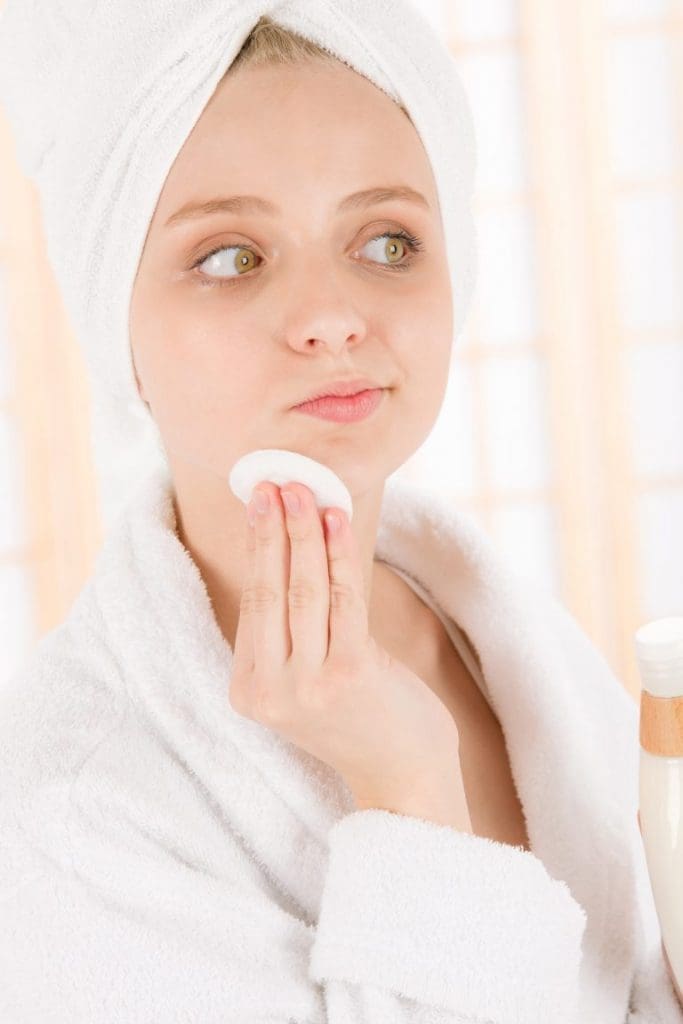
Discovering that TTO helped with acne was probably our household’s biggest game-changer. Not only for my teenage daughter but for me as well. I inevitably would get a cystic breakout around my jawline as a precursor to my period.
Because of the property in TTO that kills microorganisms, it also does wonders for clearing up the redness and killing the bacteria that get trapped inside your pores. I honestly felt like I had found the holy grail after my first use.
While I generally use it in the same way I use it for bug bites when I have spot acne (right on a cotton swab/cotton ball and onto the breakout), there is a caveat (going to get technical again). Tea tree oil has a property called 1,8-cineole which can irritate the skin. So, if you plan to use TTO over several days, I suggest diluting it with aloe or a carrier oil like jojoba or sweet almond. Because with no dilution, your skin may dry out and become a little itchy when applied directly over several days. But I’ll take dry skin over a giant pimple any day (just my opinion).
What makes a superior tea tree oil?

TTO’s Latin name is Melaleuca alternifolia. It is a plant that grows in Australia’s Northern New South Wales. So, you may see it sold as Australian tea tree oil. I wouldn’t bother with tea tree oil that is not from Australia.
While tea tree oil comprises about 100 different components, as I’ve mentioned above, there are two components to watch for that make a superior oil.
The first component, terpinen-4-ol, is responsible for killing bacteria and reducing inflammation. Genuine Australian Tea Tree Oils must have a minimum of 35% of this compound. The higher the percentage, the better.
The second component worth mentioning is the level of the 1,8-cineole present in the oil. Cineole can be irritating to the skin if levels are above 15%. So, the lower the percentage of cineole, the better. Anything below 5% is considered outstanding.
I am a TTO buff, having tried several brands over the years. For sure, there are some BAD TTOs out there for sale. Typically, I find the bad ones to be inexpensive, have an oily feel, and smell perfumey. True TTO from Australia does NOT smell perfumey (more like earthy camphor) and has the same water consistency.
I constantly find myself landing back on the same brand over and over. It is a brand called Creation Pharm. I get it on Amazon. They have a website as well where they post their technical information. Their levels are some of the best I’ve seen, with a terpinen-4-ol level at 42.27% and 1,8-cineole at 2.39%. But, most importantly, the stuff works.
Tea tree oil is a natural remedy used for centuries. It has many uses, including fighting acne, bug bites, and sanitizing surfaces. You can buy tea tree oil at most pharmacies or online. Look for a brand with high levels of terpinen-4-ol and low levels of 1,8-cineole to benefit most from the oil. Do you have some excellent tea tree oil remedies? If so, leave them in the comments!

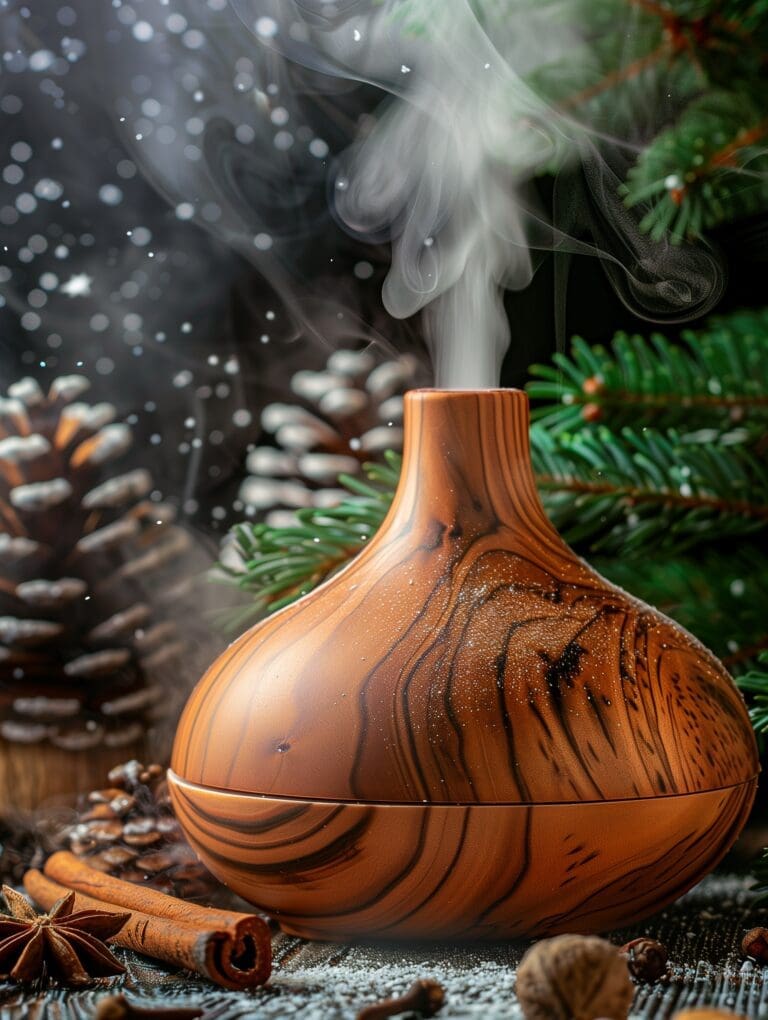





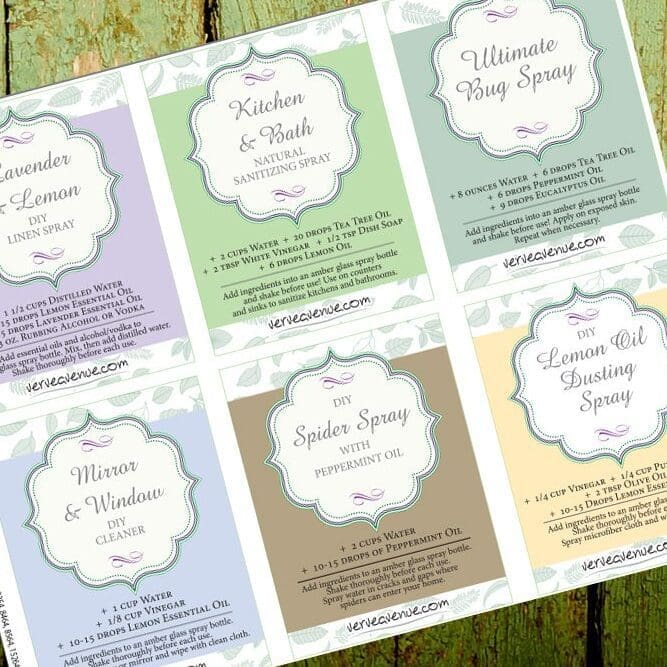
My Favorite Products
Shop our Favorite Goodies and other Resources to help you on your Avenue 🙂